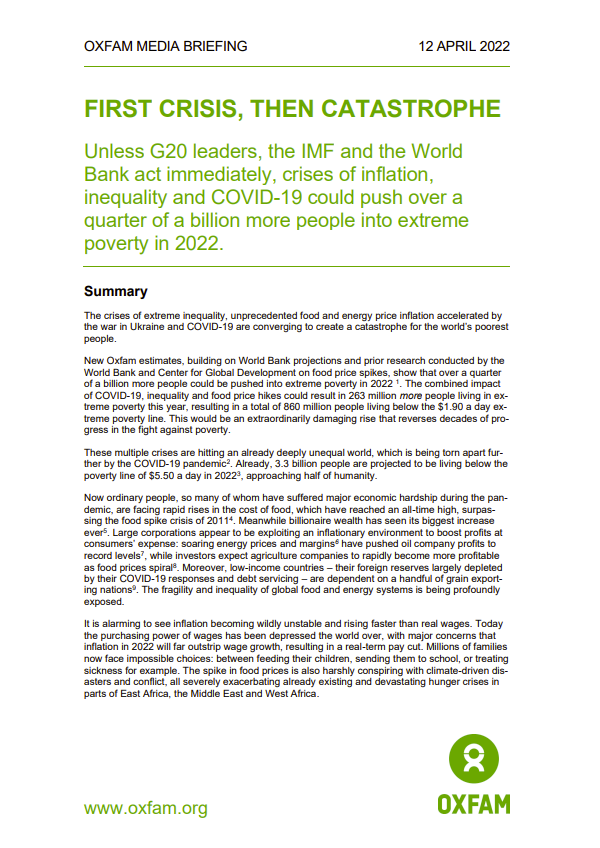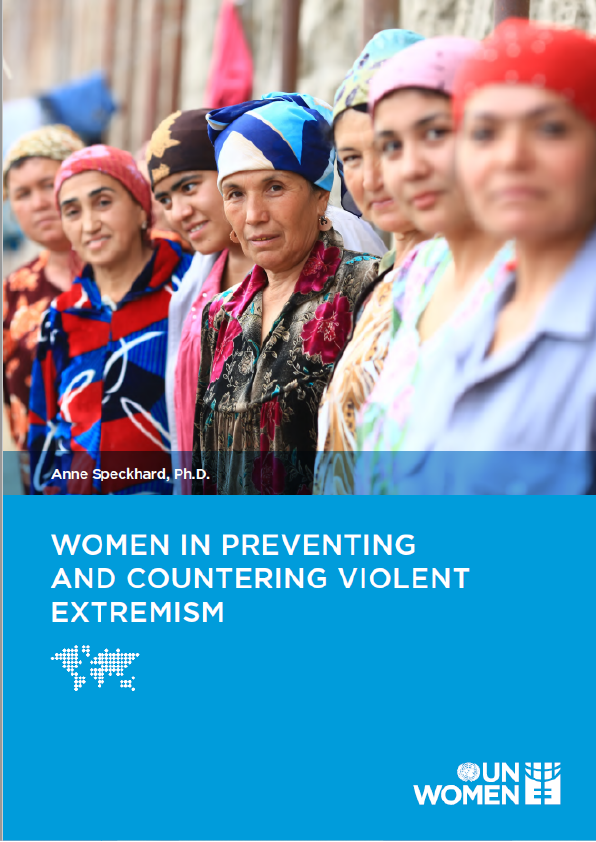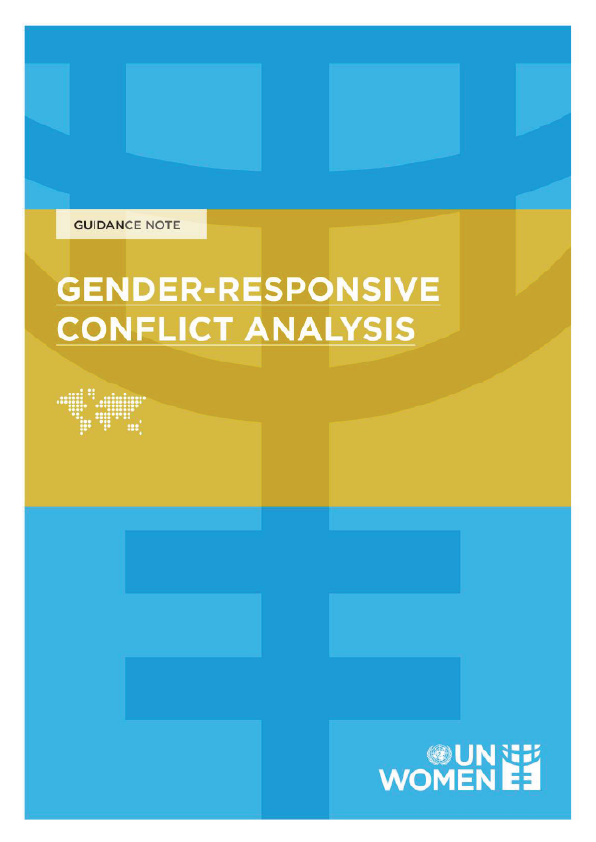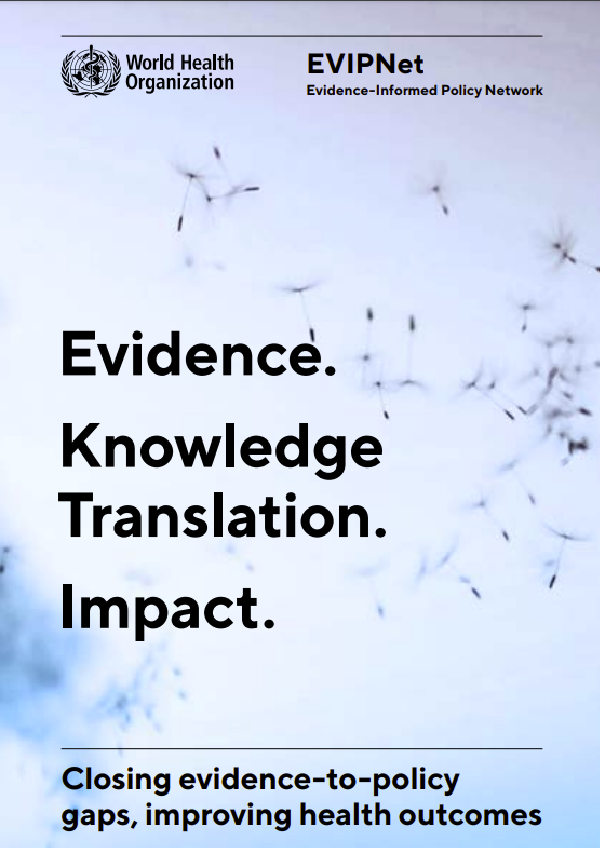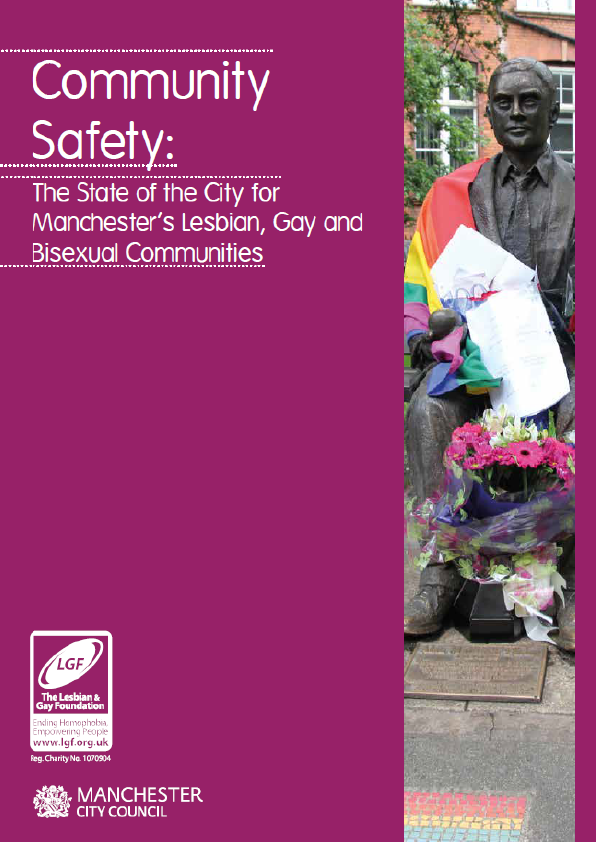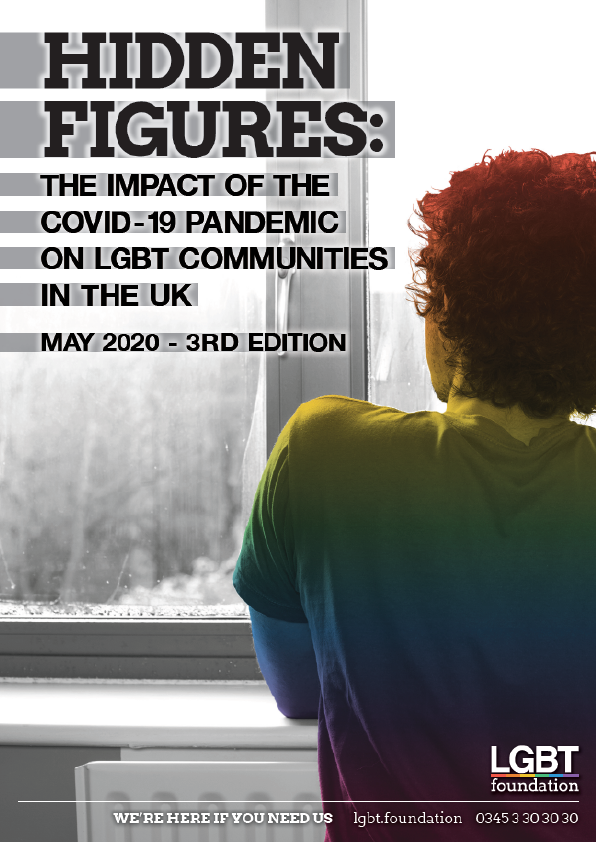Unless G20 leaders, the IMF and the World Bank act immediately, crises of inflation, inequality and COVID-19 could push over a quarter of a billion more people into extreme poverty in 2022.
New Oxfam estimates show that 263 million more people could be pushed into extreme poverty in 2022, due to the combined impact of COVID-19, inequality and food and energy price inflation – accelerated by the war in Ukraine. Poorer countries face looming debt crises and the purchasing power of wages is depressed, while corporate profits soar and billionaire wealth reaches unprecedented levels.
Coronavirus disease 2019 (COVID-19) is a contagious disease caused by a virus, the severe acute respiratory syndrome coronavirus 2 (SARS-CoV-2). The disease spread worldwide, leading to the COVID-19 pandemic.
We need a global economic rescue plan. G20 leaders, the IMF and World Bank, together with all leaders, must act. They must protect people from the crisis’ harsh impacts, expanding cash transfers and controlling food prices, reject austerity, and tax and invest progressively. Rich countries must urgently cancel unpayable debt payments from poorer countries; reallocate IMF Special Drawing Rights to lower-income countries; and increase additional aid. The IMF and World Bank must participate in debt relief efforts, increase concessional financing; and the IMF must refrain from promoting austerity.
The crises of extreme inequality, unprecedented food and energy price inflation accelerated by the war in Ukraine and COVID-19 are converging to create a catastrophe for the world’s poorest people.
New Oxfam estimates, building on World Bank projections and prior research conducted by the World Bank and Center for Global Development on food price spikes, show that over a quarter of a billion more people could be pushed into extreme poverty in 2022. The combined impact of COVID-19, inequality, and food price hikes could result in 263 million more people living in extreme poverty this year, resulting in a total of 860 million people living below the $1.90 a day extreme poverty line. This would be an extraordinarily damaging rise that reverses decades of progress in the fight against poverty.
These multiple crises are hitting an already deeply unequal world, which is being torn apart further by the COVID-19 pandemic. Already, 3.3 billion people are projected to be living below the poverty line of $5.50 a day in 2022, approaching half of humanity.
Now ordinary people, so many of whom have suffered major economic hardship during the pandemic, are facing rapid rises in the cost of food, which has reached an all-time high, surpassing the food spike crisis of 2011. Meanwhile, billionaire wealth has seen its biggest increase ever. Large corporations appear to be exploiting an inflationary environment to boost profits at consumers’ expense: soaring energy prices and margins have pushed oil company profits to record levels, while investors expect agriculture companies to rapidly become more profitable as food prices spiral. Moreover, low-income countries – their foreign reserves largely depleted by their COVID-19 responses and debt servicing – are dependent on a handful of grain exporting nations. The fragility and inequality of global food and energy systems is being profoundly exposed.
It is alarming to see inflation becoming wildly unstable and rising faster than real wages. Today the purchasing power of wages has been depressed the world over, with major concerns that inflation in 2022 will far outstrip wage growth, resulting in a real-term pay cut. Millions of families now face impossible choices: between feeding their children, sending them to school, or treating sickness for example. The spike in food prices is also harshly conspiring with climate-driven disasters and conflict, all severely exacerbating already existing and devastating hunger crises in parts of East Africa, the Middle East, and West Africa.
This crisis is far from equal. All people are impacted in some way but it is the poorest who are being hit hardest. The IMF estimates that food costs account for 40% of consumer spending in Sub-Saharan Africa, more than double what it does in advanced economies. But even within these advanced economies there is deep inequality: the poorest 20% in those societies are spending four times more than the top 20% on food, as in the case of the US. The long-term impacts of lack of nutrition risk permanently worsening the lives of the poorest. It is a crisis disproportionately felt by women and girls – the last to eat, the first to be excluded from a school that can’t be afforded, and whose unpaid care work is as ever the shock absorber of crisis.
